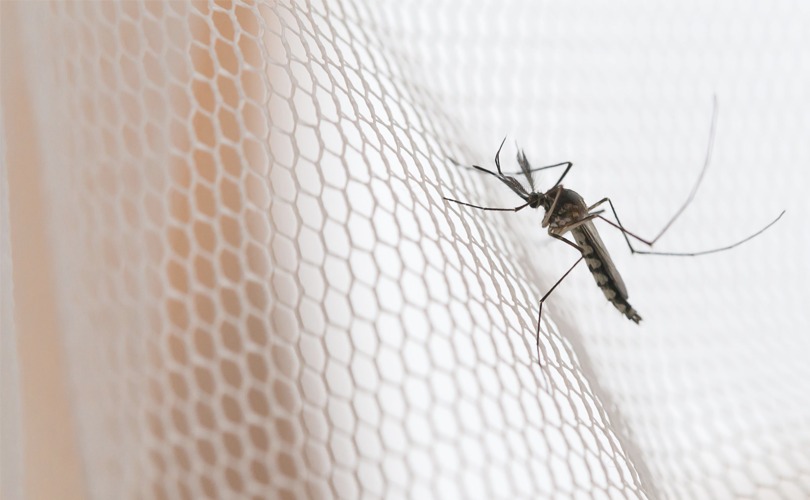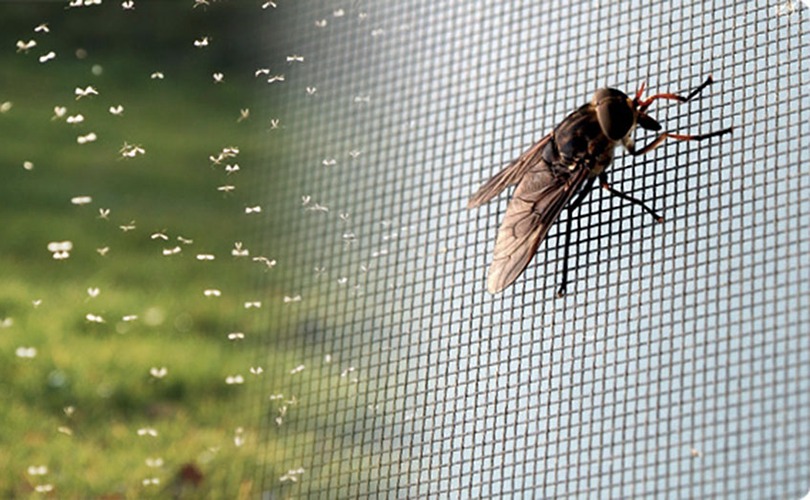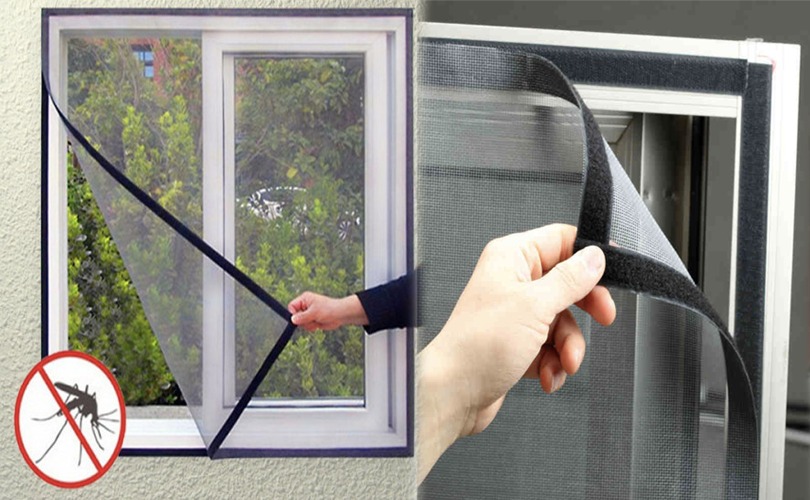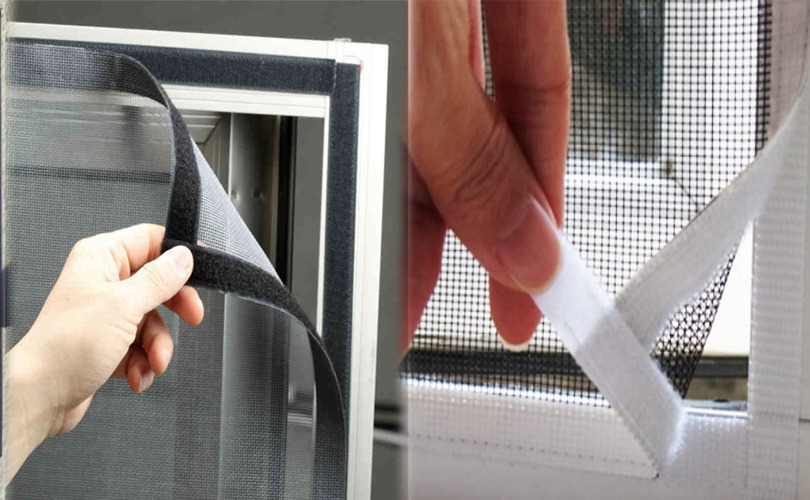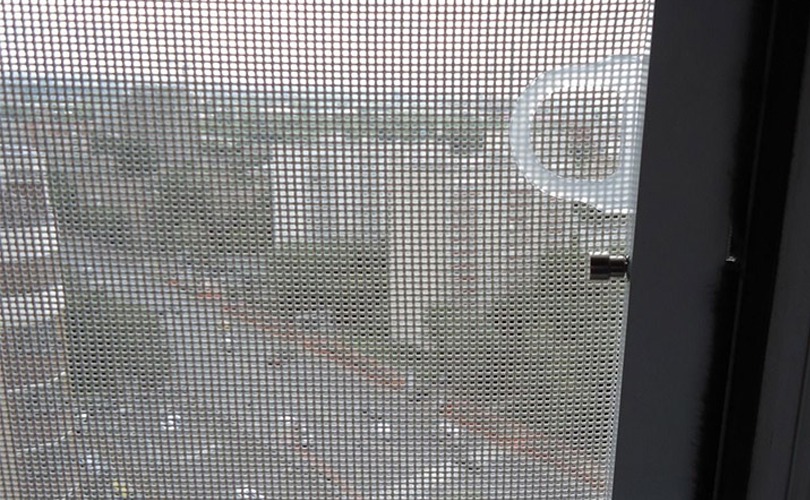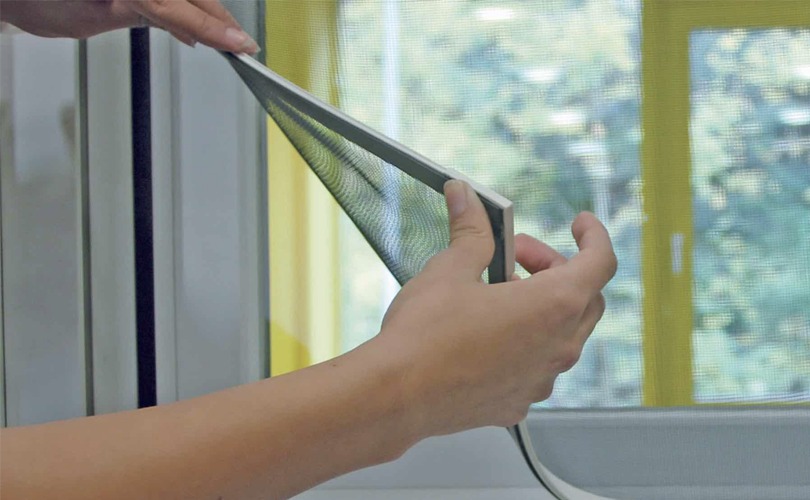Welcome to our comprehensive guide on mosquito nets! If you're tired of swatting away those pesky mosquitoes and want to create a haven in your home, you've come to the right place. Mosquito nets are an excellent solution to keep these disease-carrying insects at bay while ensuring a comfortable and peaceful environment for you and your family.
Understanding the Importance of Mosquito Nets
Mosquito nets play a vital role in safeguarding your home and family from the dangers posed by mosquitoes. These tiny insects not only cause annoying bites but also carry harmful diseases such as malaria, dengue fever, and chikungunya. Installing mosquito nets is a proactive step toward creating a safe and healthy environment for everyone.
Why Should You Invest in Mosquito Nets?
Mosquitoes are not only irritating but can also pose significant health risks. They are carriers of diseases such as malaria, dengue, and chikungunya, which can have severe consequences. Protecting your home with mosquito nets is a simple yet effective way to keep these insects at bay. Let's delve deeper into the advantages of using mosquito nets:
1. Protection from Mosquito-Borne Diseases
Mosquito nets act as a physical barrier that prevents mosquitoes from entering your living space. By sleeping under a mosquito net, you significantly reduce the risk of being bitten and contracting diseases like malaria, dengue, or chikungunya.
2. Safe and Non-Toxic
Unlike chemical-based repellents or insecticides, mosquito nets provide a safe and non-toxic solution. They are especially beneficial for households with children, pregnant women, or individuals with respiratory issues, as they do not emit any harmful fumes or chemicals.
3. Better Sleep Quality
Mosquitoes are notorious for their irritating bites, which can disrupt your sleep and leave you feeling tired and restless. By installing mosquito nets over your beds, you can enjoy a peaceful night's sleep without worrying about mosquito bites.
4. Environmentally Friendly
Mosquito nets are an eco-friendly option for mosquito control. Unlike other methods that involve the use of chemicals or insecticides, mosquito nets have no negative impact on the environment. They do not cause pollution and are reusable.
Types of Mosquito Nets
Mosquito nets come in various types, each designed to suit specific requirements and preferences. Understanding the different types of mosquito nets will help you make an informed decision when choosing the right one for your home or business. Let's explore the most popular types in detail:
1. Insect Screen Mesh
Insect screen mesh is a popular and versatile option for mosquito netting. It is usually constructed from enduring materials like fiberglass or aluminum. The mesh is tightly woven with fine holes that allow fresh air to circulate while effectively keeping out mosquitoes and other insects. Insect screen mesh is commonly installed on windows and doors, providing a reliable barrier against mosquitoes without obstructing the view or airflow.
2. Roll-up Mosquito Net
Roll-up mosquito nets are designed for windows and offer convenient functionality. These nets can be easily rolled up or down as needed, allowing you to control their position. They are often retractable and come with a mechanism for smooth operation. Roll-up mosquito nets provide flexibility and ease of use, allowing you to enjoy fresh air while keeping mosquitoes at bay.
3. Sliding Mosquito Net
Sliding mosquito nets are ideal for large openings such as balconies, patios, or sliding doors. They are designed to slide horizontally, allowing for easy opening and closing. Sliding mosquito nets are usually made of sturdy materials like aluminum or stainless steel frames with mesh panels. They offer effective protection against mosquitoes while allowing ample ventilation and natural light.
4. Magnetic Mosquito Net
Magnetic mosquito nets are a convenient and user-friendly option for both windows and doors. These nets feature magnetic strips along the edges, allowing them to be easily attached and detached. When the net is closed, the magnets create a secure seal, preventing mosquitoes from entering. Magnetic mosquito nets are hassle-free to use, requiring no complex mechanisms or tools for installation.
5. Canopy Mosquito Net
Canopy mosquito nets are specifically designed for beds, cribs, or outdoor seating areas. They create a protective barrier around the sleeping or sitting area, providing an enchanting and mosquito-free space. Canopy nets are often made of lightweight and breathable materials such as mesh fabric or polyester. They come in various designs, from traditional to modern, adding a touch of elegance and style to the bedroom or outdoor space.
6. Self-Adhesive Mosquito Net
Self-adhesive mosquito nets offer a convenient and easy-to-install solution. These nets come with an adhesive backing that allows them to be directly attached to the window frames. Self-adhesive nets provide a seamless and neat appearance, blending well with the window design. They are suitable for both windows and doors and offer effective protection against mosquitoes
How to Choose the Right Mosquito Net?
Choosing the right mosquito net is essential to ensure effective protection against mosquitoes while maintaining the functionality and aesthetics of your living spaces. Here is a detailed guide to help you make an informed decision:
Purpose: Determine where you plan to install the mosquito net. Are you looking for window nets, door nets, nets for balconies or patios, or nets for beds and cribs? Each type serves a specific purpose, so identify the location beforehand to choose the appropriate net.
Consider the Material: Mosquito nets are available in various materials such as fiberglass, aluminum, polyester, or nylon. Consider the durability, visibility, airflow, and resistance to tearing of the material. Opt for a high-quality net that can withstand daily use and environmental conditions.
Size and Measurements: Accurate measurements of your windows, doors, or other openings are crucial to ensure a proper fit. Measure the height, width, and depth of the opening to determine the dimensions of the net you need. Many manufacturers offer standard sizes, but customization options are also available for non-standard openings.
Ease of Use: Consider the ease of opening, closing, and maintenance of the mosquito net. Some nets come with retractable or roll-up mechanisms, while others require manual handling. Choose a net that aligns with your preferences and lifestyle. Magnetic nets, for example, offer convenient and hassle-free operation.
Aesthetics: Mosquito nets are available in various colors, designs, and patterns. While functionality is essential, you can also select a net that complements your interior decor. Choose a color and design that blends well with your existing window frames or enhances the overall aesthetics of your living spaces.
Professional Installation: Determine whether you can install the mosquito net yourself or if professional assistance is required. Some types of nets, such as sliding or canopy nets, may require expert installation for optimal results. If you're unsure about the installation process or want to ensure a secure fit, it's advisable to seek professional help.
Installation and Maintenance of Mosquito Nets
Proper installation and maintenance of mosquito nets are essential to ensure their effectiveness in protecting your home and family from mosquitoes. In this section, we will discuss the step-by-step process of installing mosquito nets and provide useful tips for their maintenance.
Installation Process: Measurements: Begin by accurately measuring the dimensions of your window or door openings. This will help you choose the right-sized mosquito net and ensure a proper fit.
Gather Tools: Before starting the installation, gather the necessary tools and materials. These may include a measuring tape, scissors, screws or adhesive, a screwdriver, and any additional components specific to the type of mosquito net you have chosen.
Prepare the Mosquito Net: If your mosquito net requires assembly, carefully follow the manufacturer's instructions. Lay out the netting material and frame components, ensuring that they are in proper order and ready for installation.
Fixing the Frame: Depending on the type of mosquito net, you will need to fix the frame to the window or door frame. This may involve attaching brackets, using adhesive strips, or screwing the frame securely into place. Ensure that the frame is aligned correctly and fits tightly.
Securing the Netting: Once the frame is installed, carefully attach the netting material to it. Follow the instructions provided, ensuring that the netting is evenly stretched and taut across the frame. Use clips, adhesive strips, or any recommended fastening method to secure the netting firmly in place.
Testing and Adjustments: After the installation is complete, test the functionality of the mosquito net by opening and closing it several times. Make any necessary adjustments to ensure smooth operation and a proper seal. Check for any gaps or loose areas that may allow mosquitoes to enter.
Professional Assistance: If you are unsure or find the installation process challenging, it is advisable to seek professional assistance. Experienced technicians can ensure the correct installation of the mosquito net, providing optimal protection.
Maintenance Tips
Regular Inspection: Periodically inspect the mosquito net for any tears, holes, or damage. Look for any signs of wear and tear that may compromise its effectiveness.
Prompt Repairs: If you notice any damage, such as small tears or loose seams, repair them promptly. Use a patching kit or repair adhesive recommended by the manufacturer to mend the netting. Ignoring minor damages can lead to larger tears and reduce the net's efficacy.
Cleaning: Clean the mosquito net regularly to maintain its cleanliness and functionality. Gently vacuum the netting or wash it with mild soap and water. Avoid using harsh chemicals or abrasive cleaning agents that may weaken or damage the net's material.
Proper Storage: When not in use, store the mosquito net properly to prevent dust accumulation and damage. Roll or fold it carefully and place it in a clean, dry area. Avoid storing it near sharp objects or heavy items that could cause tears.
How Balcony Safety Nets Enhance Aesthetics
Contrary to popular belief, balcony safety nets can enhance the overall aesthetics of your balcony space. With transparent nets and customizable options, you can maintain an unobstructed view while ensuring the safety of your loved ones. These nets are designed to seamlessly integrate with the existing structure, preserving the elegance of your balcony.
